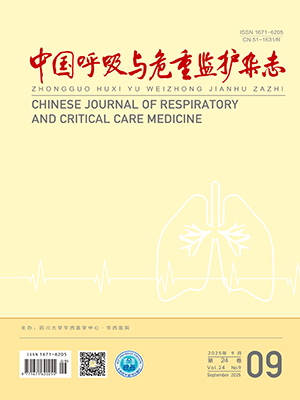Objective To compare BODE index with GOLD staging for the severity evaluation in patients with chronic obstructive pulmonary disease ( COPD) . To investigate the relationship between BODE index and quality of life. Methods A total of 100 patients with stable COPD were enrolled. All participants were examined with lung function test and St George’s Respiratory Questionnaire ( SGRQ) for evaluation of quality of life. BODE index and it’s four components including body mass index( BMI) , airflow obstruction ( FEV1%pred) , dyspnea( MMRC) , and exercise capacity( 6MWD) were calculated. The participants were divided into four groups of severity using GOLD guidelines and BODE index quartiles. Results The associations between SGRQ total score and SGRQ subscales, and BODE index were significant( P lt;0. 01) .
BODE index was a significant predictor of the quality of life, explaining 41. 3% of the total score of the SGRQ ( P lt;0. 01) . However, GOLD classification showed a correlation only with SGRQ activity score ( P lt;0. 05) but not with other SGRQ scores. There were significant differences in SGRQ total score and SGRQ
subscales between different severity groups of BODE index( P lt;0. 01) . But there was no difference in SGRQ score between different severity groups of GOLD classification, except SGRQ activity score. Conclusion BODE scoring system is better correlated with the quality of life as assessed by the disease severity in
patients with COPD than the GOLD staging criteria.
Citation: YANG Fan,HUO Jianmin,WANG Dongjie,WANG Jian. Relationship Between Disease Severity and Life Quality in Patients with Chronic Obstructive Pulmonary Disease. Chinese Journal of Respiratory and Critical Care Medicine, 2010, 9(5): 471-475. doi: Copy
Copyright © the editorial department of Chinese Journal of Respiratory and Critical Care Medicine of West China Medical Publisher. All rights reserved




